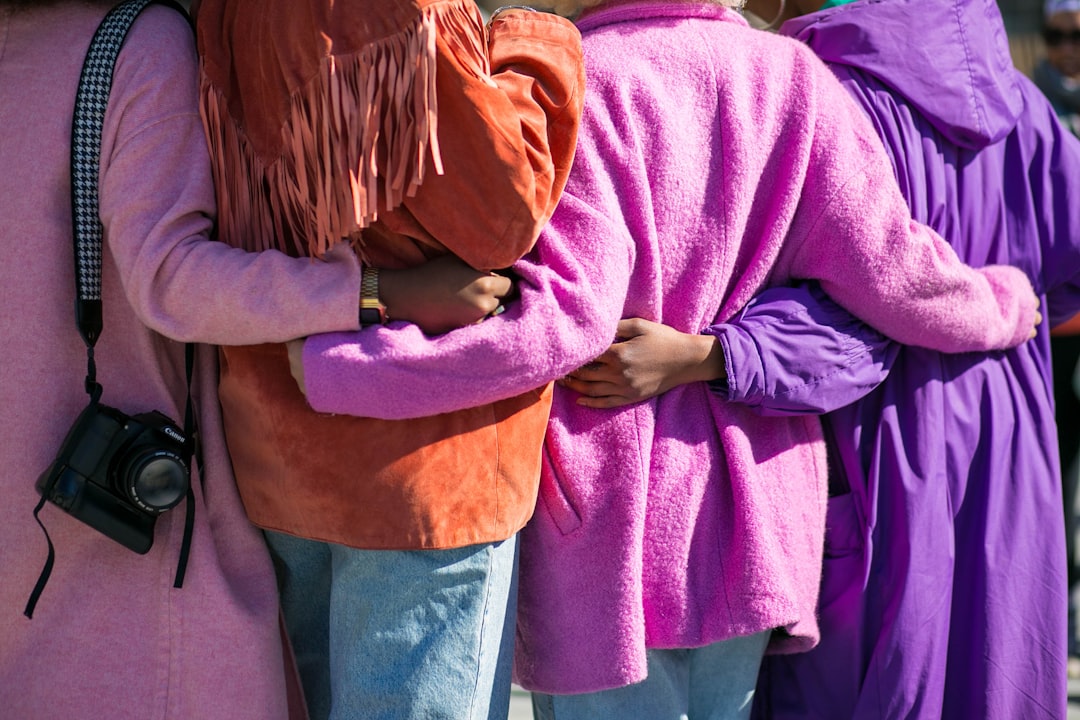I do believe the very first thing I ever posted on Instagram was this statement:
You can be afraid and safe at the same time.
This is the the last week of The Anxious Morning. The last edition of the newsletter/podcast will get published on Friday December 30. To wrap things up I thought I would go over four basic, core principles that we can lean on in recovery. These are the four things I leaned on when I was doing my recovery work. These four concepts are woven in some way into most everything I say or write. Honestly, you’d think that if someone was setting out to write an anxiety recovery guide, they’d start with these four things. But here I am ending with them. Go figure.
Today I want to remind you that it is possible to be afraid and safe at the same time. Why am I including it as a core principle?
First, it acknowledges that you are legitimately afraid. Do not ever let anyone tell you that the fear is not real. It is absolutely real. But at the same time the statement acknowledges that as strong as that fear is, and as intense as it may feel, you are still safe. Every time you’ve felt unsafe within the context of exposures and recovery challenges, you’ve been safe, despite that feeling. This is a fact. Hell, it really is the most important fact for someone like me because if this were not true, I would literally have nothing to say and no help to offer at all.

While I’m on that idea, I have to point out that this basic principle of recovery allowed Claire Weekes to do her thing. It gives people like Martin Seif, Sally Winston and Dave Carbonell firm ground to stand on when they write the amazing books that they write. Being safe even while afraid allows for the emergence and continued development of effective therapies and treatments for anxiety disorders.
“Afraid, but safe” is important because when you are having a hard time accepting what the process of recovery looks like, you can lean on this concept. I’ve written about how we all reach the recovery tipping point for our own reasons, but I would wager a fair amount that this concept factors into every single “tipping point” equation in this community. You may not be ready to choose the path through fear today, but when you are ready, you will make that call at least in part because you know that you are safe, even when afraid. We can only choose to stop obeying powerful thoughts, sensations and memories because we know at some level that those things do not represent present danger.
Maybe most important, the idea of being safe even when afraid tells you that you are not hopeless and not broken. You’re just feeling.
You’re feeling strongly for sure, but you’re still feeling and feeling is not danger. Often when people in our community feel defeated or hopeless, it is because they feel trapped and unable to move forward. This is understandable, however when we return to the fact that the obstacle in front of us is largely an obstacle of the mind and not representative of present danger, we can be reminded that there is a way out. We can move forward, even if that moving forward is painful, difficult, and distasteful. I don’t want those things. You don’t want those things. But painful, difficult, and distasteful are not bullets, knifes, or fire. We have some agency in the process of addressing painful, difficult, and distasteful.
I know that you are likely having a difficult time believing that you are safe because of how it feels, but that’s OK. Maybe you’re afraid because of the things your body is doing while afraid. Maybe your mind is throwing all kinds of scary thoughts and catastrophes at you. Maybe you’re afraid because you’ve been taught to be afraid by the experiences you’ve had in your life. Whatever the struggle, in the end you can hold on to this core principle when you need to.
It’s not failure to be afraid. It’s OK to be afraid.
Because you can FEEL afraid and BE safe at the same time.










Share this post